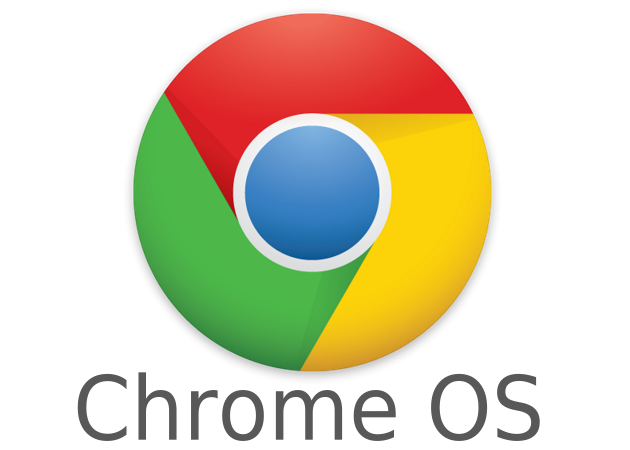


The Private State Token API is a new API (formerly known as the Trust Token API) for propagating user signals across sites, without using cross-site persistent identifiers like third party cookies for anti-fraud purposes. It provides modern features such as GPU compute, lower overhead access to GPU hardware, the ability to render to multiple canvases from a single graphics device, and better, more predictable performance.Ĭomprehensive documentation for WebGPU can be found on MDN. WebGPU is the successor to the WebGL and WebGL 2 graphics APIs for the Web. This extension allows relying parties to store opaque data associated with a credential. This release has support for the WebAuthn largeBlob extension. # WebAuthn: Large blob storage extension (largeBlob) Headers objects don't currently support having multiple values of the Set-Cookie header, and this feature adds that capability. In HTTP, Set-Cookie is a special header for historical reasons because it can appear multiple times in a response but cannot be combined, unlike other headers. # Web APIs # Fetch: Headers.getSetCookie()Īdds a way to get the values of multiple Set-Cookie headers without combining them. The implementation has also been brought up to the current spec with new resolution units ( dppx, dpi, and dpcm), image type support (for example, type("image/avif")), raw urls without url(), and gradient image options. It can be used with CSS properties such as background-image.Ĭhrome 113 adds the unprefixed image-set type so authors no longer need to use -webkit-image-set. The image-set() functional notation is a CSS type for specifying a range of image options, such as different images for different screen densities, and letting the browser select the best one. This enables more complex animations such as bounce and elastic effects. The linear() easing function enables linear interpolation between a number of points. slow: Includes e-ink and underpowered displays.The update media feature enables the creation of styles for print, slow, and fast output displays:

They enable testing of how a device handles content that overflows the initial containing block. # CSS overflow media featuresĬhrome 113 includes the overflow-inline and overflow-block media features.

You can download the latest on for desktop or on Google Play Store on Android. Learn more about the features listed here through the provided links or from the list on. Unless otherwise noted, changes described below apply to the newest Chrome beta channel release for Android, ChromeOS, Linux, macOS, and Windows.


 0 kommentar(er)
0 kommentar(er)
